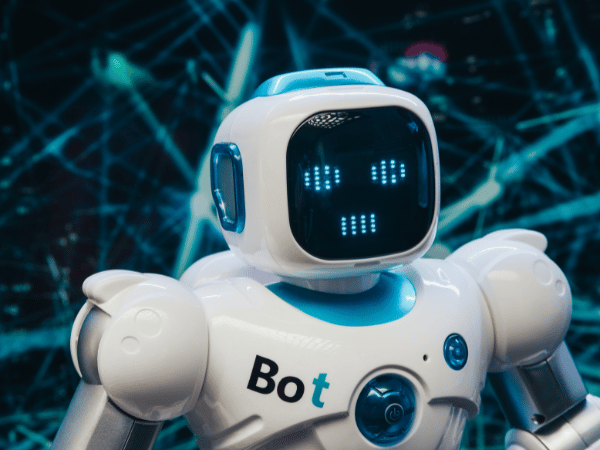Before talking about the translation industry and its links with AI, let’s define translation. Translation is the conversion of written text from one language to another. It is not the same as interpretation, which is an ‘oral translation’.
The translation industry is continually evolving, partly due to the arrival of brand-new technologies such as AI and Automated Translation software.
Translation is – and will always be – needed, as it is impossible for everyone to learn every language in the world. Of course some people are polyglots, but it’s more of a talent than a normal thing! With 1.5 billion speakers in the world, English is the most spoken language in the world. The second most spoken language is Chinese Mandarin with 1.2 billion speakers. More than 8 billion people live on Earth, so imagine… the most spoken language in the world is ‘only’ known by less than 20% of human beings!
Is this an industry at war with technology?
Firstly, while professional translators are already expert linguists, it took years of study to achieve this.
AI is continually learning and progressing in all fields by leveraging large translation corpora. And it’s learning fast. Thanks to this contextualization of what’s around them, these robots are now able to translate many things quite accurately.
However, at this point in time, human translators are still better than machines.

But these robots have a default: they don’t have feelings!
Human linguists are able to understand emotions through a text in order to change its tone and make it more meaningful depending on the who the speaker and intended recipient are. Conversely, AI-generated translations are less capable of understanding subtleties and nuances.
Human linguists often specialise in a specific fields such as medical, legal and sports. Thanks to specialist expertise, they are therefore are less likely to make mistakes.
Machine Translation Fails
Talking about mistakes, let’s expose a type of AI translation mistake that demonstrates how human translators are more reliable than AI translators.
The main mistake that an automated translator will make concerns polysemic words. For example, ‘an avocado’ in English becomes ‘un avocat’ in French, but ‘un avocat’ also means ‘a lawyer’ in French… Would you eat a lawyer salad? I don’t think so… From this example, it is clear that this kind of error can be easily made by automated translators, which focus on grammatical accuracy rather than meaning. For them, if a sentence is grammatically correct, then there is no problem with it (maybe they eat lawyer salad…).
To this kind of mistake, we can also add the fact that it is easy to discern if a text has been translated by a human being or by a machine, thanks to the quality of final text. Plays on words, figures of speech and style are often lost with automated translation.
These are the reasons why you should always trust a human translator rather than an AI translator, and this is why I believe, at the moment, AI translation is not a threat to the translation industry.
Guest post by Translation Intern Christophe Valensi
Click to learn more about career opportunities at Web-Translations.
13 June 2023 14:09
